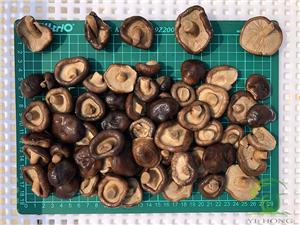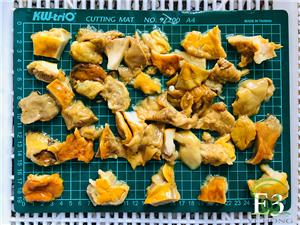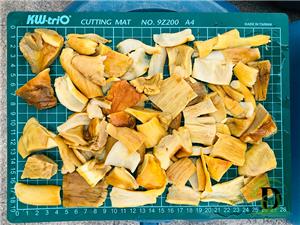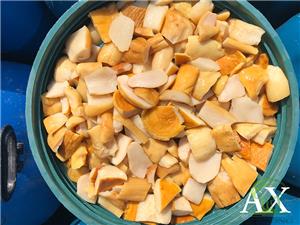How Does Boletus Edulis Mushroom in Brine Desalinate?
The principle of boletus edulis mushroom in brine desalination is gradient desalination and gentle treatment. It is necessary to choose the appropriate desalination method according to the amount of ingredients, application scenarios and production scale, and at the same time control important parameters such as water temperature, water volume, and soaking time. From the point of view of the basic desalination process, boletus edulis mushroom in brine must be pretreated first, boletus edulis mushroom in brine must be removed from the package, and the salt particles and impurities attached to the surface must be quickly rinsed with water to prevent subsequent soaking. The local salt concentration is too high, which affects the uniformity of desalination. If the porcini is in the form of slices, you also need to check for adhesion, gently separate and then enter the soaking process. If the porcini bacteria are in the form of whole or large pieces, they can be cut appropriately according to actual needs to increase the contact area with water and improve the desalination efficiency.
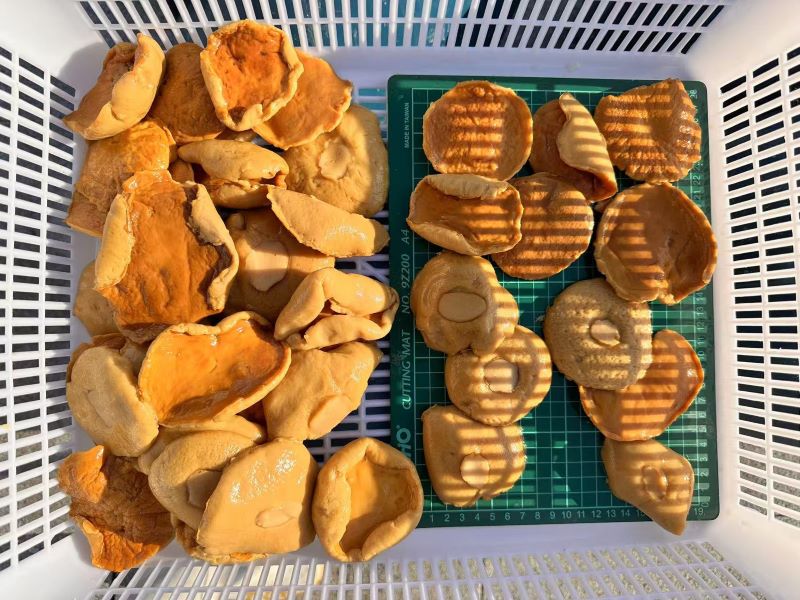
For small-batch use scenarios in the catering industry, multiple water changes and soaking methods are often used. For specific operations, first put the pretreated boletus edulis mushroom in brine into a clean container, add a sufficient amount of drinking water at room temperature, and control the first soaking time to 30 to 40 minutes. At this time, the salt in the water will dissolve quickly. After the soaking is over, remove the mushrooms, drain the saline wastewater, and re-add the same amount of drinking water at room temperature for a second soaking. The time can be extended to 40 to 50 minutes. After the second soaking, it is recommended to take a small amount of mushrooms to taste or test with a salinity meter. If there is still a significant salty taste, a third soaking is required. The time can be adjusted according to the actual salinity. The advantage of this method is that it is simple to operate, does not require professional equipment, and can prevent boletus edulis mushroom in brine from having a soft and rotten taste due to long-term soaking through multiple water changes. It is more suitable for high-end restaurants when making appetizers and main course ingredients. However, it should be noted that the porcini bacteria after desalination in the catering scene should be used in time. If temporary storage is required, it can be drained and placed in a fresh-keeping box. Store in a refrigerated environment of 0 to 4℃. The storage time should not exceed 24 hours to prevent deterioration.
In the high-volume production scenario of the food processing industry, the industrial desalination process of temperature-controlled circulating soaking and cleaning is required. First, the boletus edulis mushroom in brine is fed into a large stainless steel soaking tank through a conveyor belt. Warm water of 30 to 35℃ is injected into the tank, and the circulating pump is turned on at the same time to keep the water flowing slightly and promote the dispersion of brine. During the soaking process, the salinity in the water is detected in real time by an online salinity monitor. When the salinity is stable at 0.5% to 1%, the mushrooms are fed into the washing machine and the residual salt on the surface is quickly rinsed with high-pressure spray water. For the production of mushroom powder, flavor sauce and other products that need to be crushed, dehydration treatment is also required after desalination. Centrifugal dewatering machines or vacuum freeze-drying machines can be used to control the water content of mushrooms at 60% to 70%, which is convenient for subsequent processing. The key to the industrial desalination process lies in standardized control. Through precise regulation of temperature, water volume, and soaking time, the salinity of each batch of products is consistent, so as to avoid fluctuations in salinity affecting the quality of the final product. At the same time, batch processing can significantly reduce labor costs and improve production efficiency.
- Company News
- Industry News
- Product News
- Video

